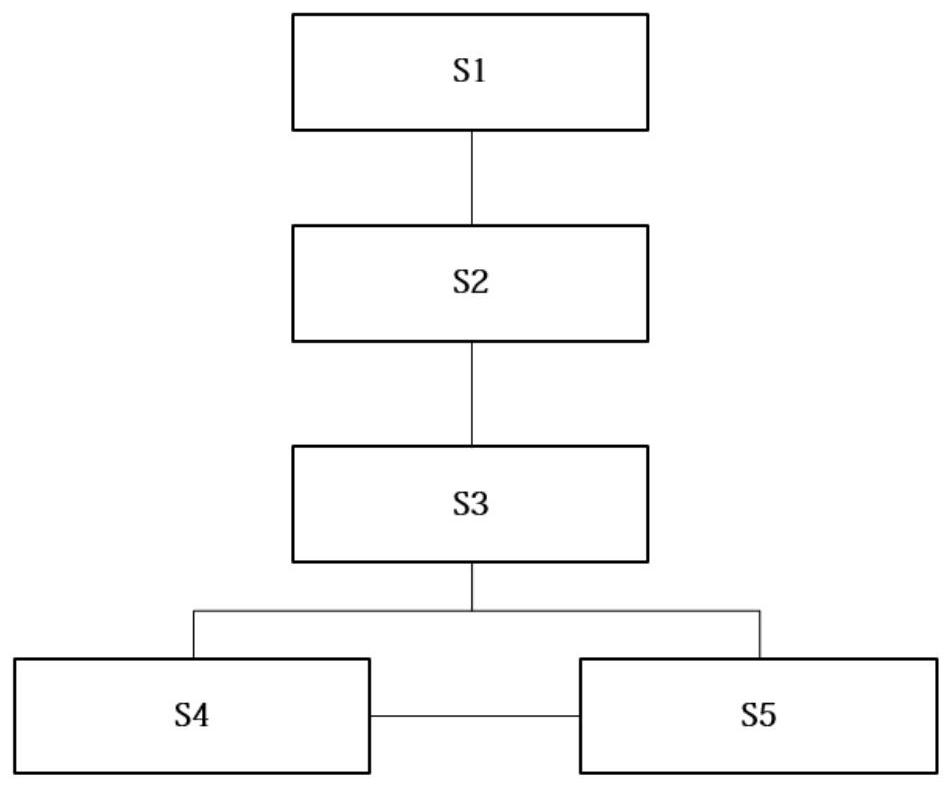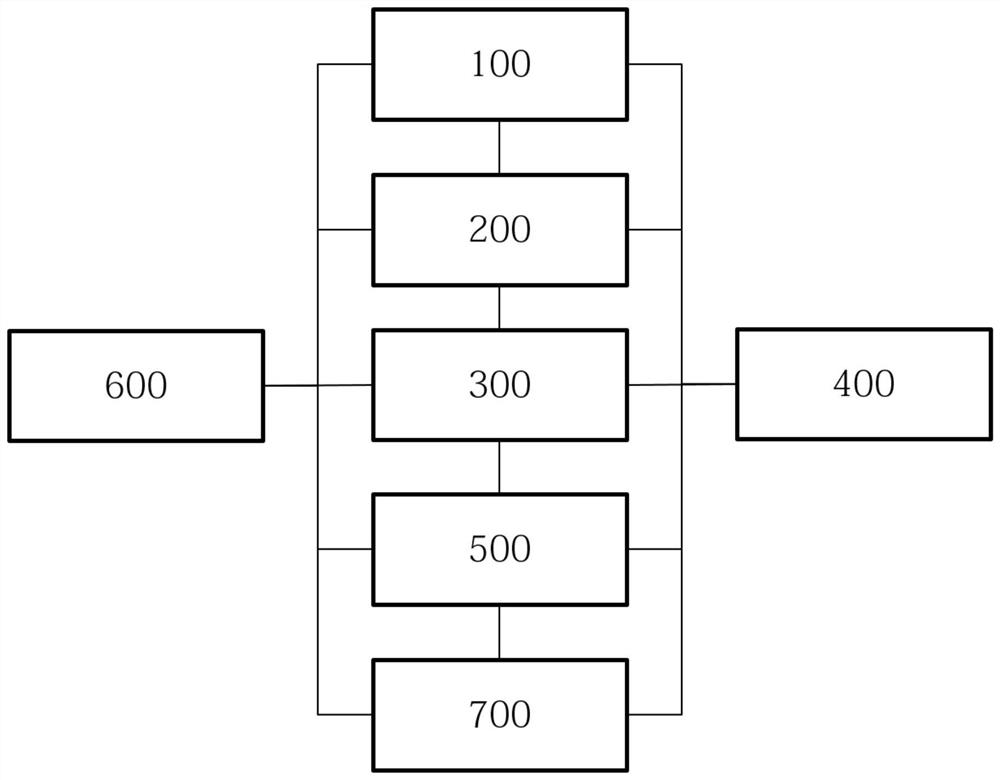An analysis device and method based on a femur model
An analysis device and model technology, applied in the field of medical equipment, can solve the problems that the effect needs to be further determined, and there are not many reports
- Summary
- Abstract
- Description
- Claims
- Application Information
AI Technical Summary
Problems solved by technology
Method used
Image
Examples
Embodiment 1
[0045] This embodiment discloses an analysis device based on a femoral model. The analysis device divides the femoral model into a first segment with a femoral head model when at least two medical images of the femoral head that are different from each other are fused into a femoral model. and the second segment with the acetabular model, so that the relative positional relationship between the femoral head model and the acetabular model can be analyzed when at least one relative angle between the first segment and the second segment is changed.
[0046] Medical image registration refers to seeking one or a series of spatial transformations for a medical image to make it spatially consistent with the corresponding points on another medical image. This consistency means that the same anatomical point on the human body has the same spatial position in the two matching images. The result of registration should match all anatomical points, or at least all diagnostic and surgical p...
Embodiment 2
[0071] This embodiment provides an analysis method based on a femur model. This method may be a supplement to the execution steps of the corresponding modules in Embodiment 1.
[0072] Preferably, the method includes:
[0073] S1: On the surface of the femoral head model of the femoral model, distinguish the non-featured surface and the characteristic surface affected by necrotic tissue.
[0074] S2: Intercept the femoral model displayed on the display module 500 to divide the femoral model into a first segment with a femoral head and a second segment without a femoral head.
[0075] S3: Construct at least one of a rotation axis for the first segment to rotate relative to the second segment and an inversion axis for inversion with respect to the second segment.
[0076] S4: Control the movement of the first segment displayed on the display device around at least one of the rotation axis and the flip axis, so that the characteristic surface and the corresponding flip angle ar...
Embodiment 3
[0094] This embodiment is a further supplement to Embodiments 1 and 2.
[0095] Preferably, the axis of rotation is an axis parallel or approximately parallel to the axis of the femoral neck. Ideally, the axis of rotation is parallel to the axis of the femoral neck. However, in the actual calculation process, the calculated rotation axis may have a certain deviation from the axis of the femoral neck and be in a state roughly parallel to the axis of the femoral neck. Preferably, the axis of rotation substantially parallel to the axis of the femoral neck may mean that the angle deviation between the rotation axis and the axis of the femoral neck is within 5°, especially preferably within 2°. When the first segment rotates about the axis of rotation, the first segment rotates about the axis of rotation where it is intercepted. At this time, the included angle between the first section and the second section does not change or substantially does not change. The inversion axis i...
PUM
 Login to View More
Login to View More Abstract
Description
Claims
Application Information
 Login to View More
Login to View More - R&D
- Intellectual Property
- Life Sciences
- Materials
- Tech Scout
- Unparalleled Data Quality
- Higher Quality Content
- 60% Fewer Hallucinations
Browse by: Latest US Patents, China's latest patents, Technical Efficacy Thesaurus, Application Domain, Technology Topic, Popular Technical Reports.
© 2025 PatSnap. All rights reserved.Legal|Privacy policy|Modern Slavery Act Transparency Statement|Sitemap|About US| Contact US: help@patsnap.com


